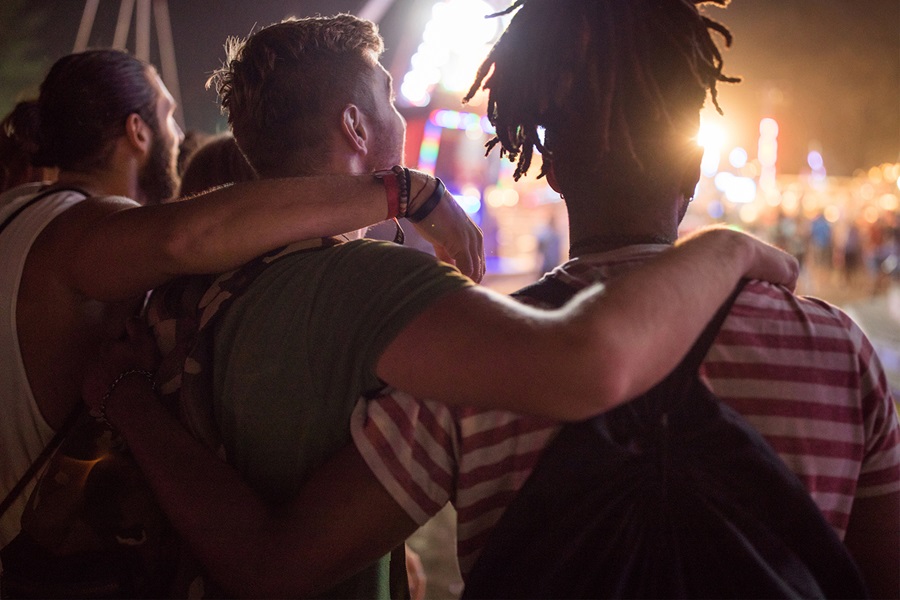Diversity has reached a tipping point that is leading to the emergence of a new paradigm -- polyculturalism. Diverse cultures are no longer peripheral to the mainstream, but are an intrinsic part of it. It’s a dynamic environment: polycultures coexist, interact, blend and, in the case of the presidential election, collide. Polycultural America is NO POLYTOPIA: the rise in diversity exacerbates social tensions and race issues. Fragmentation is the current state of the nation.
Marketers have traditionally preferred to position their brands as “color blind.” By keeping diversity issues at arms’ length, brands felt reasonably shielded from potential fallout. In today’s polycultural society, however, it’s becoming much harder to defend a neutral stance. Kantar’s U.S. MONITOR research shows consumers want to know what brands stand for. Moreover, they expect more companies to take a stand on social issues.
Brands face a challenge and an opportunity by turning from color blindness to color bravery. Acknowledge race and diversity issues and be an active participant in social change.
The path towards color bravery is not an easy one, and it’s certainly not based solely on advertising. To be credible in this space, brands need to raise their game and demonstrate commitment towards diversity. The path begins with acquiring the right amount of Cultural Intelligence. In order to do so, marketers must be willing to get uncomfortable by digging deep, challenging the norm, and re-analyzing what they think they know about the issues affecting minorities.
Kantar believes that navigating the path toward color bravery successfully can only be accomplished after brands take the necessary steps to equip themselves with the proper tools, knowledge and resources to do so.
Once Cultural Intelligence is acquired brands can go forward with determining the amount of permission they have to engage in color brave activities -- a common concern among clients to our calls for color bravery. Often, they want to know if they have the credibility and standing to engage in diversity and race-oriented conversations and initiatives. Brands need to be color brave savvy, which is a combination of understanding the cultural context and knowing their own brand color and what that means in terms of roles and responsibilities.
Most brands start the journey toward color bravery by superficially trying to appear more diverse. More proactive brands go deeper, actively challenging themselves to become more diverse in terms of human talent. This transformation gives brands a key competitive advantage. A diversity of human assets can bring a different, more holistic perspective of the marketplace.
But color bravery isn’t just about mimicking a multicultural America. It’s about leading with ethnic insights and innovating for a polycultural future. And, perhaps uncomfortably for some brands, it’s about leading conversations about race and ethnicity. It’s about taking a stand when the irresistible force of diversity meets the immovable object of prejudice.
Our advice is clear on this issue: For brands that want to stay relevant both today and into the future, adopting a color brave stance is not a choice, it’s a mandate.
At Kantar, we have identified eight levels of color bravery.


